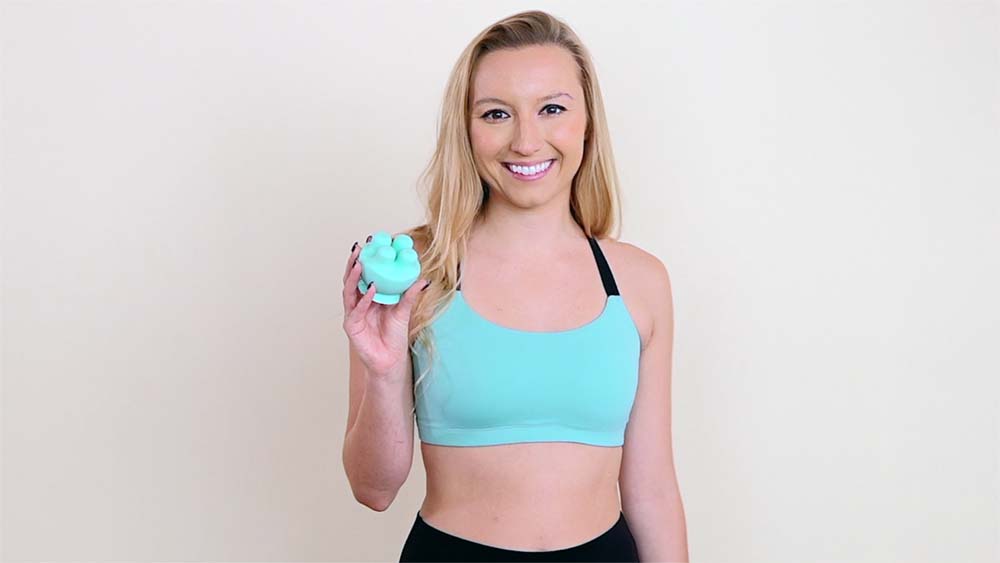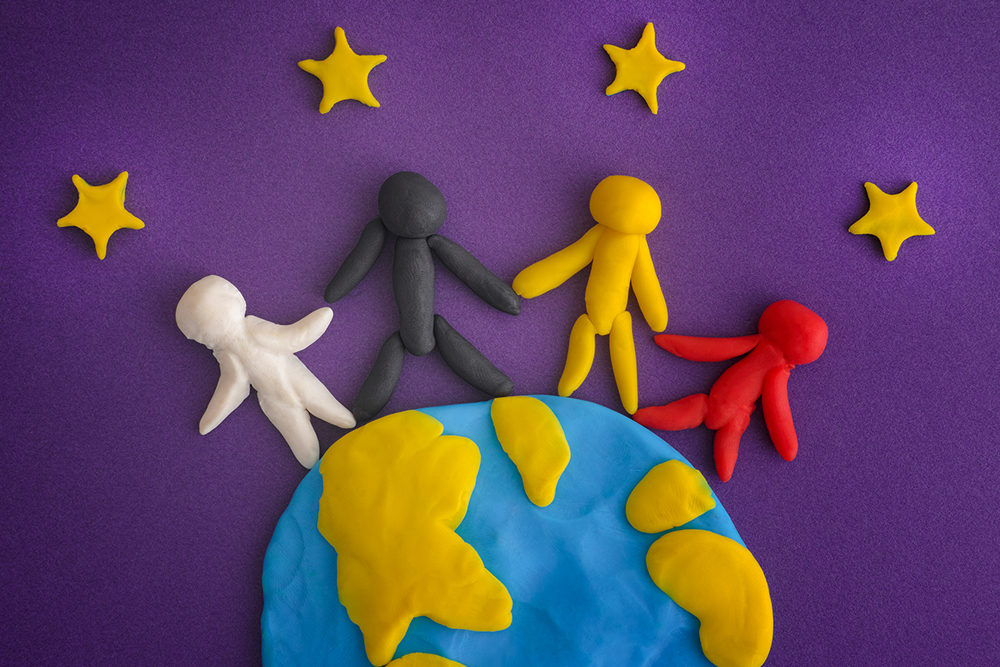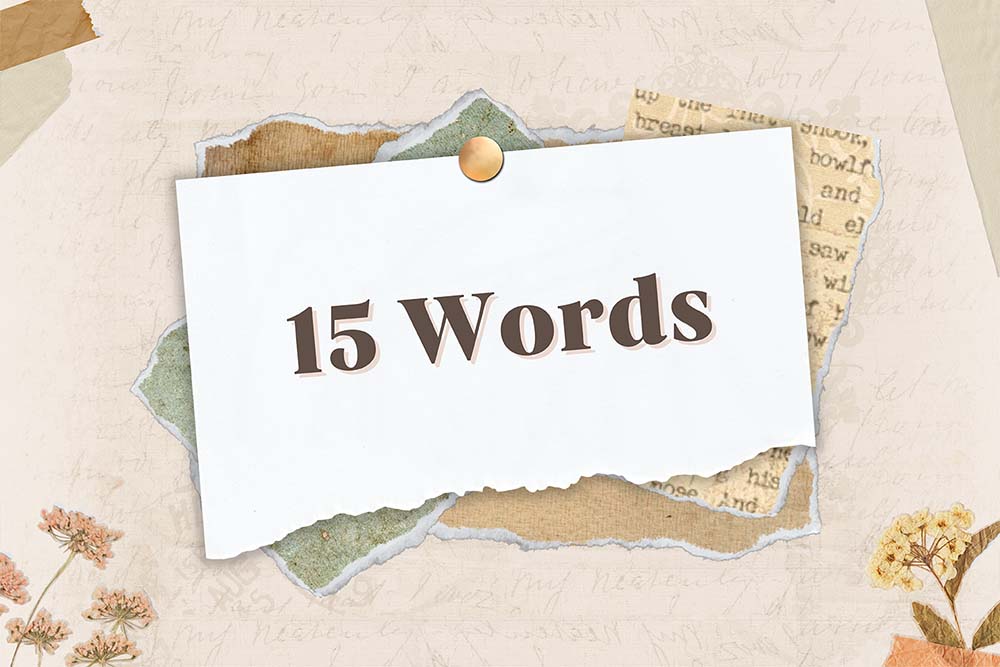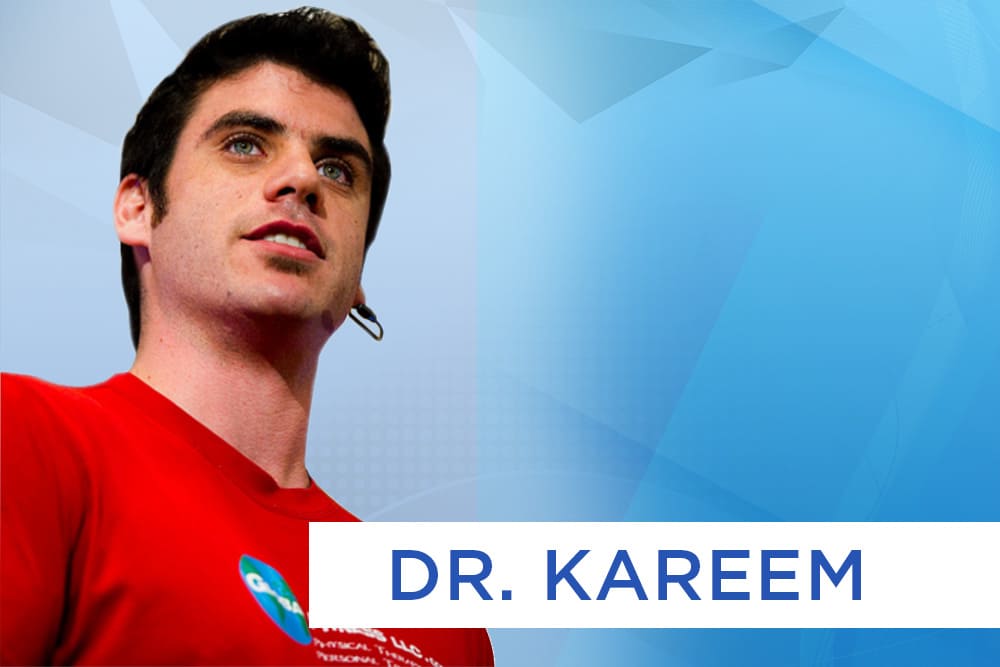When you feel sad, what does your mind do?
Does your mind tell you why you feel sad, or for ‘how long’ you’re supposed to feel this way? Does your mind search for reasons, stories, attachments, or other emotions? Or does your heart take over as you relax into an emotion and accept what is?
If you’re anything like me, you’ve probably never stopped to think about ‘what’ happens when you feel. This aspect of maturity is completely missing from our educational system and mentorship through parenting. Of course, any of our teachers — or parents — would love to share the solution to handling emotions with you, but the trouble is none of them are adept to do so; in actuality, our mentors are missing the education, setting the wrong example, and then enabling us to repeat their ignorance with the next generation.
- Observe what you’re feeling.
- Do NOT attach a story to what you’re feeling; simply feel and acknowledge ‘how’ you feel, rather than ‘what’ you feel.
- Determine if you’re meant to feel this privately or with company.
- If you’re a ‘fighter’, you’ll want to go take it out on something, verbally or physically. It’s ok to feel this way, as you’re a human being. However, showing any rage you might be experiencing towards someone else can create a counter-trigger of feeling unsafe or rejected, therefore complicating the situation. Take time to soothe yourself and release emotions before returning to the scene/situation.
- If you’re ‘flighter’, you’ll be tempted to walk out on a situation and leave the other person hanging. It’s ok to take personal space, but it’s important to communicate ‘what’ you’re doing and when you’ll be back. By letting the other person know you’re taking personal space and you’ll be back in ‘x number of minutes or hours’, they’ll understand you are not walking out on them, just the situation. This often avoids the counter-trigger situation of the other party feeling loss or rejection with your departure.
- Open your mouth and let it out. Also, consider upper body movements, like curls and presses, shadowboxing, or pull ups.
- You are meant to feel. And feelings are meant to be released as energy through the upper body. There’s nothing wrong with getting your body moving, teaching your muscles not to store negative energy, and allowing yourself to feel justified you’re experiencing an emotion. There’s also nothing wrong with screaming into a pillow (in private) and then clearing the air when you’re done.
- Feel the relief. Acknowledge you now feel differently after releasing an emotion, and observe the difference in feeling.
- When we don’t attach stories — allowing our bodies to process emotions in a physiologically healthy way — and we acknowledge our progress, we often release an emotion and the cycle of emotions it would have otherwise produced.
- Honor your emotion is rooted in a trigger, which means something happened that reminded your subconscious mind of an old belief.
- A belief is what’s creating the response you’re experiencing, rather than the circumstance; this means the person/people around you, words that were said, and actions that were taken are NOT responsible: it’s your subconscious beliefs and programs.
You see, we may not always choose what we’re feeling, but we do have a choice how we handle what we’re feeling, and which steps come next. We are meant to have emotions, and our emotions are very healthy for us to experience. How we choose to handle them in society today is unhealthy, and it creates a lot of hardship, disease, and feelings of unloved.

Today’s thought exercise:
If no one else were to blame — or credit — for your life, how might you link your emotional state to your reality? Is it possible how you feel is how your reality looks, pretty much every second of every day?
Sent to you with love, honor, and in service,

About Author
Dr. Kareem Samhouri
Dr. Kareem Samhour is known as (perhaps) the best Doctor of Physical Therapy & Kinesiologist on the internet. People come to him for results when other methods fail, injury gets in the way, or health situation is more complicated. Dr. Kareem Samhouri exercising In fact, he and his companies reach a combined total of 1.5 MILLION people on a daily basis to help them with their health. If you ever saw Dr. Kareem on the street and mentioned something was going on with your health, however, he would volunteer and offer to help you for free... that's the Dr. Kareem way.







